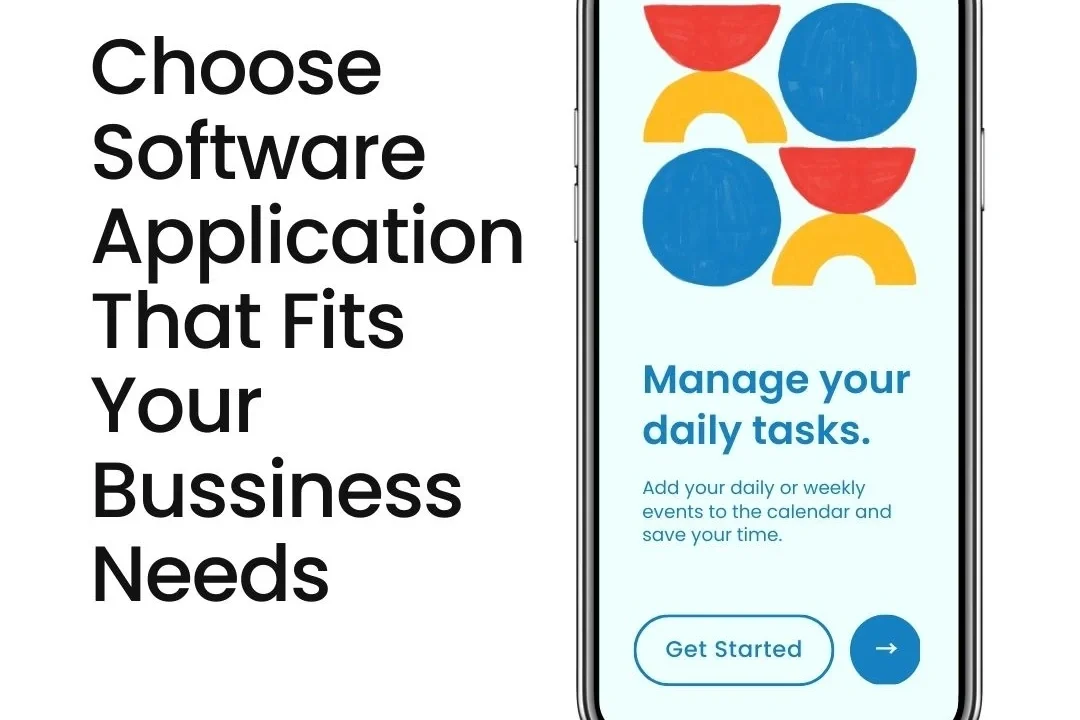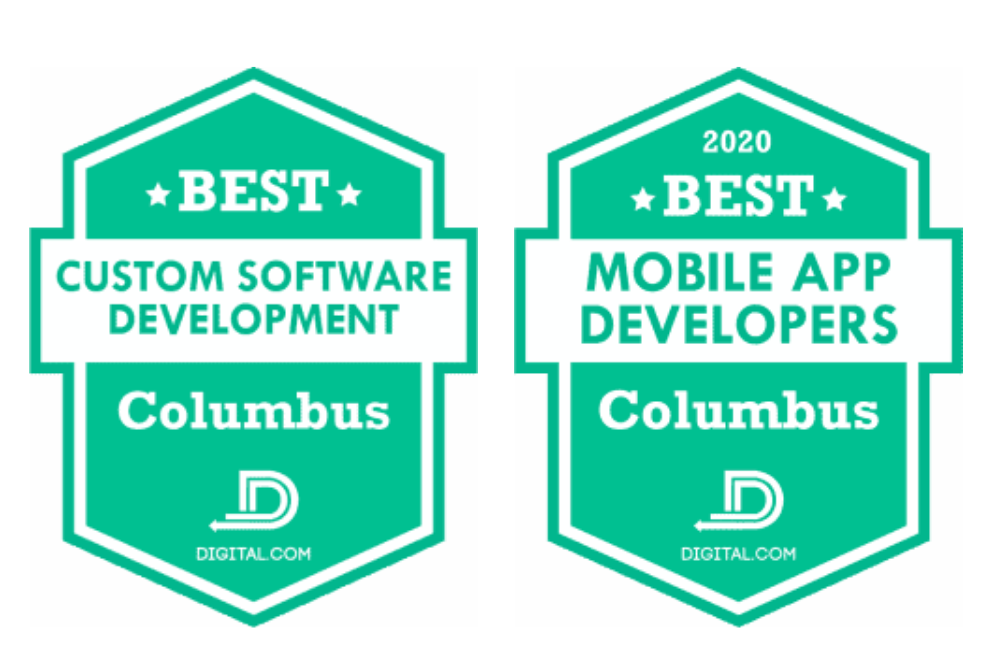AI technology not only complements the creativity of your design team but also streamlines the label designing process, opening up a world of possibilities for your brand. Welcome to the era of AI in label designing – a game-changing solution that is set to revolutionize the industry. We stand at the forefront of this transformation, an unwavering focus on user experience, and a track record of delivering customized, high-quality AI solutions. This blog will dive deep into how AI is reshaping the label design landscape and how your business can leverage this technology to stay ahead of the curve.
The Current Landscape of Label Design and Printing Industry
Label designing and printing used to be a time-consuming manual process. Designers relied on their creativity and skill to create appealing labels for products. However, with the rise of technology, the product label design and printing industry has undergone a significant transformation. The introduction of AI/ML has revolutionized how product labels are created, making it more efficient, cost-effective, and user-friendly.
The Rise of AI: A Game-Changer for Designers
AI is an exciting field within computer science that revolves around the creation of intelligent machines capable of performing tasks autonomously. When it comes to label designing, AI utilizes algorithms and data processing to analyze patterns and generate designs based on predefined rules or user input. The incorporation of AI in this domain opens up endless possibilities for creating visually appealing and customized designs. AIVA Winery Branding utilized AI-powered tools like Midjourney and Dream by WOMBO to generate diverse and personalized label designs based on client input and brand guidelines and got the ROI in form of 70% and 25% reduction in design time and cost repectively (Source- Forbes). Further, it improved customer satisfaction.
According to a study by Smithers Pira, AI in label designing and printing can save up to 60% of time and cost in the packaging industry. Label designing has been simplified by AI, eliminating the need for time-consuming manual processes. With this technology, personalized and unique labels can now be created quickly and accurately. Additionally, AI can automate repetitive tasks, allowing designers to dedicate more time to unleash their creativity in product label design.
The Designer's New Ally: Generative AI
Generative AI greatly enhances creativity and ideation, empowering designers during brainstorming phases by presenting a multitude of possibilities that may have otherwise been overlooked. For instance, in a study conducted by Adobe, it was found that graphic designers using AI-powered tools were able to increase their productivity by 20% while maintaining the same level of creativity.
Furthermore, generative AI plays a pivotal role in optimizing the production process by swiftly generating finalized design images. This not only minimizes the time allocated to repetitive tasks but also enables designers to dedicate their efforts towards refining design concepts and enhancing the user experience, thereby fostering a more seamless workflow.
Artificial Intelligence offers the ability to generate personalized content. For example, Facebook employs AI algorithms to analyze and identify faces in user-uploaded photos. This helps suggest tags and create personalized photo albums based on friends. Messaging apps use AI for personalized stickers and filters matching users’ facial features. It adds personalization to conversations, making them engaging and fun. By learning from individual user preferences, key trends and global market, it can create designs tailored to meet specific needs and tastes.
The Shift in Graphic Designer's Role
The creative process of graphic designer for digital content creation industry is driven by customer behavior and compelling stories. Designers have always been responsible for creating visually appealing designs, but with the rise of AI in label design, their role has expanded to include data analysis and market research.
What Designers Need to Up The Notch?
- Understanding of AI tools and software: These platforms, such as DALL-E 2, Midjourney, RunwayML, and others, are utilized for tasks like image generation, style transfer, and design exploration. Understanding their capabilities and limitations is essential in this context.
- Strong artistic foundation: AI presents limitless possibilities, yet human judgment and intuition play vital roles in crafting visually captivating and meaningful designs. Understanding design principles, color theory, typography, and composition remains fundamental.
- Collaboration with AI:– Embrace AI as a valuable collaborator, not a substitute. Master the art of effective communication with these tools by giving clear instructions and feedback to achieve desired outcomes.
- Staying updated on trends: The AI landscape is constantly evolving. It’s essential to stay updated on new tools, techniques, and ethical aspects to ensure you’re well-equipped as a forward-thinking designer.
Balancing Creativity and AI Tools
Creative freedom of the designer cannot be compromised at any stage of the design process. However, AI tools can play a significant role in helping designers to optimize their designs for better results.
One example is the use of AI-powered algorithms to determine the color scheme and layout innovation that will be most appealing to a particular demographic. By analyzing consumer behavior and preferences, these algorithms can suggest colors and layouts that are more likely to catch the attention of potential customers.
AI technology also offers designers access to vast libraries and databases of resources such as images, fonts, and templates, allowing them to create content and unique designs without starting from scratch. Also, read what are vector databases?
Why is Label Designing More Relevant for Wine Makers?
A wine label isn’t just a piece of paper; it’s a visual embodiment of the wine’s character, quality, and the winemaker’s philosophy. For example, an elegant and minimalist label can hint at a refined and premium product, while a playful and colorful design might suggest a fun and fruity wine perfect for casual occasions.
Label design plays a critical role in wine sales. According to a survey conducted by Wine Market Council, 82% of consumers base their wine selection on the appearance of the bottle and label. A well-designed label enhances perceptions of wine value, while a poorly designed one can inadvertently suggest poor wine quality.
The wine industry needs new labels often, one of the reason is to keep up with trends and capture consumer attention. With so many wine options available, it is important for wineries to stand out on store shelves. This means regularly refreshing labels, by updating the label each year, wine makers are able to accurately reflect the unique characteristics of that particular vintage. Also, it attracts new consumers and retain loyal customers. Additionally, new labels can also help improve sales for established wines that may have become less popular over time.
Benefits with AI for Wine Label Design and Printing
Using AI in label designing offers several key benefits:
1. Adaptive Designs: AI enables designers to create adaptable designs that seamlessly adjust to different packaging sizes without compromising quality or aesthetics. AI has the potential to boost creativity in label design through the use of image recognition technology. This enables designers to effortlessly find relevant images and graphics for their product or brand. By examining extensive image databases, AI can propose unique and captivating visuals that designers may not have previously considered.
Moreover, AI-powered software can dig into consumer data and market trends to figure out which design elements work best to grab attention and communicate a brand’s message.
2. Enhanced Accuracy: AI excels at interpreting and analyzing data, ensuring precise designs. Its advanced algorithms process large amounts of data with speed and accuracy. Imagine a designer working on your label. They’d have to add stuff like quality, year and type right? Well, with AI image recognition, the algorithm can spot these details in the design and even suggest where to put them. It’s like having a helpful sidekick for designers, saving time and making sure all vital info shows up correctly on the label.
3. Cost-effectiveness: By implementing AI in label design, businesses eliminate the need for additional staff or outsourcing. This cost-effective solution increases efficiency, reduces errors, and minimizes material waste. AI can recommend cost-effective printing methods for labels by analyzing factors like label size, material, and color options. This enables AI to identify the most efficient printing method while maintaining high-quality labels. This not only saves on printing costs but also minimizes waste in label production.
4. Consistent Quality: Traditional methods often struggle to maintain design consistency across multiple products or batches due to human error or limitations. However, with AI, designers can ensure consistent quality across all labels without any variations.
By harnessing the power of AI in label designing, businesses can unlock these advantages, enhancing creativity, efficiency, customization, cost-effectiveness, adaptability, and consistent quality.
Integrate AI into Your Content Production Workflow
Pre-Production
Concept exploration:
- Generate visual concepts using AI tools like Midjourney or DALL-E 2 based on keywords, brand guidelines, and wine varieties.
- Try styles, colors, and layouts with tools like RunwayML or Adobe Sensei.
Market research:
- Use AI platforms like Wine Intelligence or Wine-Searcher to analyze wine industry trends, varietals, and consumer preferences.
- Extract insights from online reviews and social media for competitor label analysis using sentiment analysis tools.
Personalization:
- Utilize AI solutions like Zeta Global or Nudges to create dynamic labels tailored to demographics, purchase history, or weather conditions.
Production
Image editing:
- Use AI image editing tools like Pixelmator Pro, Luminar AI, or Photopea for tasks like resizing, color adjustments, background removal, and sharpness enhancement.
Typography & layout:
- Implement AI font generators like TypeForge or AI design tools like Canva for brand-aligned typography and layout suggestions.
Quality Assurance:
- Employ AI image analysis tools (Clarifai, Imagga) for error checks, safety standards, brand consistency, and maintaining design quality standards.
Post-Production
A/B Testing:
- Compare label designs for user insights and performance evaluation.
Social Media Optimization:
- Analyze consumer response to label designs across platforms using social media platforms.
Top 3 Image Generation Models: Your Data-Your Model
Exploring Top 3 Open-Source AI Models
- DALL-E 3 (by OpenAI):
- Features: Creates exceptionally lifelike and precisely detailed images based on text descriptions. Provides precise control over individual elements and styles.
- Who Uses It?: Dolce & Gabban used DALL-E 3 to whip up some cool fashion ads, coming up with all sorts of creative ideas without doing the usual photo shoots. This saved time and resources, plus let them dive into some really bold concepts.
- Impact: Increased design efficiency has not only streamlined processes but has also paved the way for the exploration of a wide array of diverse and previously unimaginable concepts.
- Pricing: The DALL-E 2, starting at $10,000, offers a base model with customization options. Add-ons like advanced AI algorithms, increased memory, and enhanced graphics can raise the price up to $20,000 or more based on customer preferences.
- Midjourney:
- Features: Creates dreamlike, artistic images with a distinct style. Allows for detailed control over composition, colors, and mood.
- Who Uses It?: Netflix used Midjourney to brainstorm and generate concept art for its animated series “Love, Death & Robots.” This allowed for rapid exploration of various visual styles and contributed to the show’s unique aesthetic.
- Impact: Accelerated the creative process, enabling swift ideation and brainstorming sessions. This, in turn, facilitated the seamless development of a unique and recognizable visual identity tailored specifically for the project at hand.
- Pricing: Pricing for this service is based on user count and storage needs. Three tiers available: Basic ($99/mo, 5 users, 10GB storage), Advanced ($299/mo, 20 users, 50GB storage), and customizable Enterprise package. Free trial period offered for testing before subscribing.
- Dream by WOMBO:
- Features: User-friendly interface with various artistic styles and prompts. Generates different artistic interpretations of the same prompt.
- Company: Pantone used Dream by WOMBO to generate visual inspiration for their annual Color of the Year selection. This helped explore diverse creative directions and led to a broader range of potential color palettes.
- Impact: Provided fresh perspectives and expanded the creative possibilities for their color selection process, offering a wider range of hues to choose from and introducing innovative approaches to color coordination, ultimately enhancing the overall design aesthetic.
- Pricing: Priced at $29.99 per month and users can also opt for an annual plan at $299.99, which offers a discount of two free months. Additionally, Dream by WOMBO also offers a free trial for new users to try out the product before committing to a subscription.
Exploring Top 3 Open-Source AI Models
- Stable Diffusion:
- Features: The model boasts high levels of customization with a plethora of settings and control options available. It is designed to cater to users with technical expertise for both setup and usage, ensuring a tailored and efficient experience.
- Who Uses It?: Stable Diffusion is used by artists and designers worldwide to create unique artwork and explore artistic concepts. It has fostered a vibrant community of creators and led to innovative uses of AI-generated imagery.
- Impact: Democratized access to AI image generation has revolutionized the way creative communities operate, unlocking a realm of new artistic possibilities. By leveraging this technology, artists, designers, and innovators can now delve into previously uncharted territories, pushing the boundaries of creativity and expression in unprecedented ways.
- Nightcafe Creator:
- Features: The user-friendly web interface provides a seamless experience with a wide range of artistic styles and customizable control options for users to explore. Leveraging the foundation of Stable Diffusion ensures enhanced accessibility and usability for all.
- Who Uses It?: Nightcafe Used by numerous artists to create unique artworks, experiment with styles, and even generate variations of their own artistic creations.
- Impact: Expanded the creative toolkit for individual artists and facilitated artistic exploration in new directions, opening up opportunities for innovative expression across various artistic mediums.
- Deep Dream Generator:
- Features: Creates dreamlike, abstract images based on user-uploaded photos. The platform provides users with the opportunity to transform their ordinary photos into extraordinary works of art. While users have less control over specific elements, the tool offers a range of unique and artistic effects that can enhance the original image in unexpected ways.
- Who Uses It?: Deep Dream is used by designers to create visually striking textures, patterns, and backgrounds for their projects.
- Impact: Added a unique artistic flair to design projects, bringing a fresh perspective and creativity to the table. This approach not only enhanced the visual appeal but also facilitated the creation of visually engaging elements that captured attention and resonated with the audience.
Each tool possesses its own set of strengths and weaknesses. Selecting the appropriate one hinges on your distinct requirements, budget, and technical know-how. Experiment with various choices to discover the optimal fit for streamlining your wine label design workflow.
How RAG System Works for Label Designing
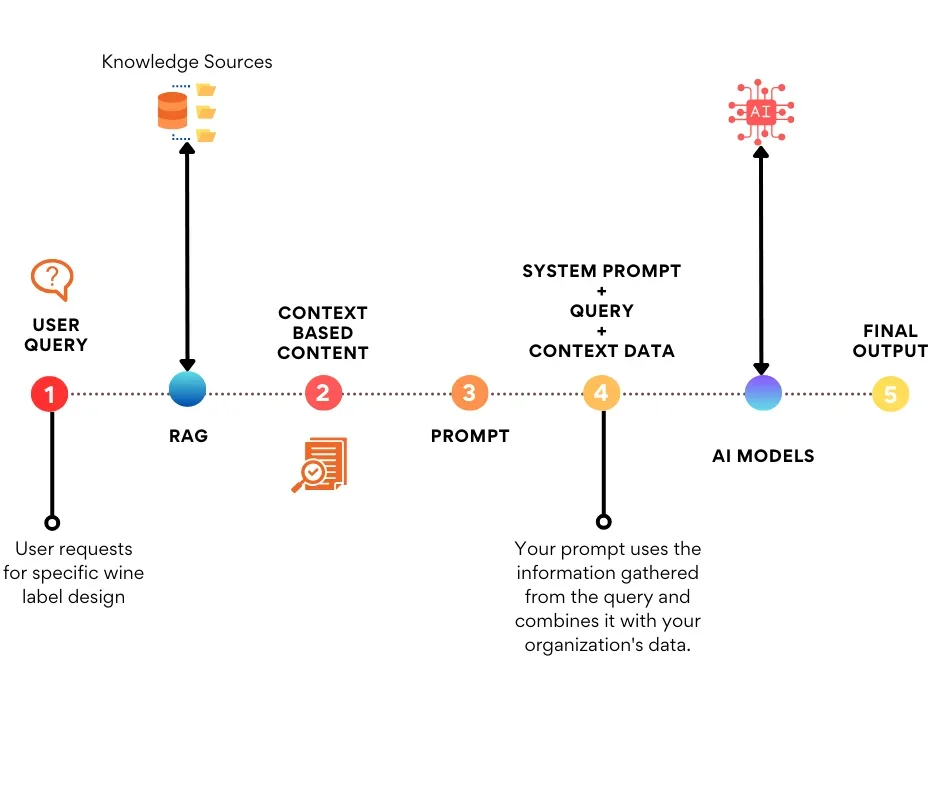
RAG: The Engine Behind Engaging Designs
One of the benefits of RAG is its ability to personalize labels based on consumer preferences. For example, if a customer has previously bought a similar product from the same brand, RAG can analyze their past buying behaviors and customize the label accordingly. This creates a super personalized experience for the customer and boosts their trust in the brand.
Apart from its practical applications in label design, RAG also has the potential to revolutionize the way we think about design. It challenges traditional notions of creativity and opens up new possibilities by using data-driven approaches. It allows for a more refined and efficient design process, resulting in labels that are not only visually appealing but also have a higher chance of resonating with consumers.
RAG also lets you make quick updates and changes to labels without starting from scratch. In traditional label design, any change or update would mean recreating the entire label. But with RAG, you only need to update specific elements in the machine learning model, saving you time and resources.
Moreover, RAG’s use of data analysis can help brands better understand their target market and make informed decisions when it comes to labeling. By analyzing consumer data, companies can gain insights into what elements resonate with their audience and what doesn’t. This info can then be used to create more effective labels that align with consumer preferences.
Craft Prompts & Enhance Your Wine Brand Identity with Tailored AI Responses
1. Familiarize Yourself with Your Model:
Each model has its own strengths and weaknesses. Take the time to explore and understand how your chosen model performs with different styles, details, and object descriptions. Consulting the model’s documentation and reviewing examples will help you grasp its capabilities and limitations.
2. Keep It Simple and Specific:
Start with concise and clear prompts that outline the key elements of your label: brand name, product type, target audience, and desired style (e.g., minimalist, vintage, etc.). Avoid using overly complex or metaphorical language, as it may lead to misinterpretation by the model.
3. Emphasize Visual Elements:
Give priority to describing visual aspects such as colors, shapes, fonts, textures, and relevant images for your design. Instead of using vague adjectives, opt for specific terms and details. For instance, say “bold serif font” rather than “elegant font.”
4. Utilize References:
Include links to reference images or existing labels that exemplify your desired style or specific elements. Incorporate keywords related to these references in your prompts to guide the model towards your vision.
5. Iterate and Refine:
Begin with broader prompts and gradually introduce more details and variations based on the generated results. Employ negative prompts to exclude unwanted elements. For example, use phrases like “not blurry” or “not cartoonish.” Experiment with different wording and phrasing to observe how it affects the output.
6. Combine AI with Design Expertise:
Remember, AI models serve as tools and should not replace your design skills. Treat the generated images as inspiration and starting points rather than finished products. Refine and fine-tune the AI outputs using design software to achieve a professional and polished final label.
Innovative Generative AI App Development
Our Experts Are Always Ready to Give You The Best & Foremost AI Services
Real-Time Wonders: AI in Action
The beverage industry has seen significant advancements in recent years, thanks to the utilization of AI generated content. With the help of AI technology, beverage companies are able to create more impactful and visually appealing labels that not only catch the consumer’s eye but also enhance their overall brand experience. Let us see some real-time examples.
TWE, a global wine business, faced delays in creating unique labels, affecting product launches and market responses. By implementing an AI system that suggests new label designs based on consumer data and market trends, they’ve streamlined the design process. This AI enables rapid generation of designs, accommodates regional or seasonal variations, and improves customer satisfaction by integrating feedback into future designs, thus enhancing TWE’s market adaptability.

Platform Beer Co., an Ohio brewery, partnered with an AI design tool to simplify label creation. This tool uses machine learning to match the brand’s style and quickly produce custom designs, reducing design time from weeks to hours.
This speed lets Platform Beer Co. rapidly introducing new beer flavors, meeting market demands and increasing sales and customer satisfaction. AI allows for easy experimentation and adjustments in designs, fostering more creative labels.
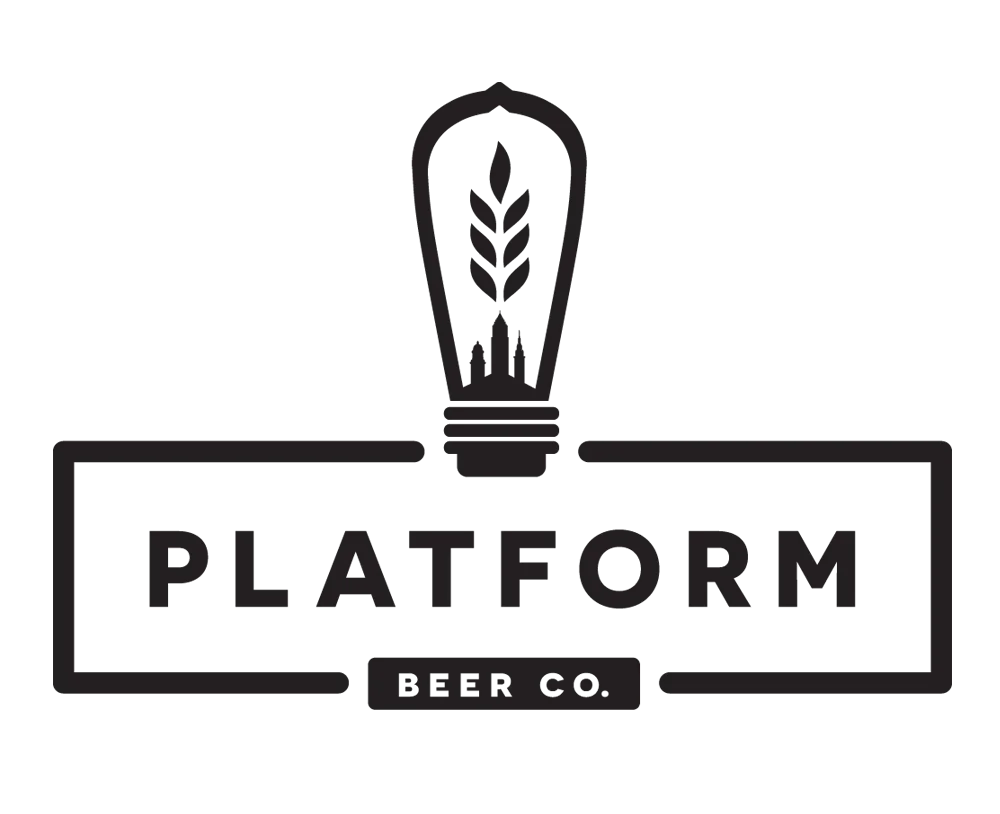
AI-Driven Label Design: Know Real-Time Examples & Stats
Did you know that AI has revolutionized label designing across industries? A report by Forbes reveals the incredible impact of AI in this field.
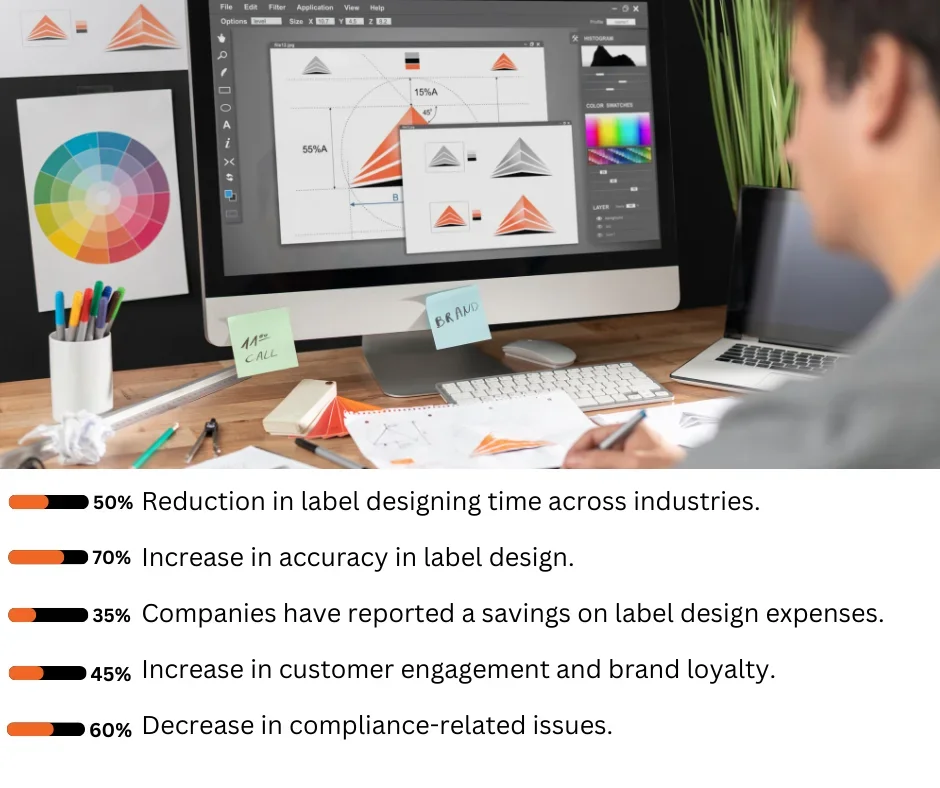
These statistics underscore the transformative impact of AI on the label design process. It enhances efficiency, accuracy, cost-effectiveness, personalization, and compliance for businesses spanning diverse industries.
Conclusion
The impact of AI on label designing is truly revolutionary, granting businesses a competitive edge in today’s fast-paced market. By streamlining the design process, enhancing accuracy and compliance, and fostering customer engagement, AI-powered label design solutions have become increasingly popular among companies. It is no surprise that more and more businesses are adopting these advanced solutions.
Sunflower Lab believes that this technology enables businesses to save time and resources, while also creating visually appealing and effective labels that resonate with customers. Don’t get left behind– harness the power of AI for your label design needs today by contacting our experts
Drive Success with Our Tech Expertise
Unlock the potential of your business with our range of tech solutions. From RPA to data analytics and AI/ML services, we offer tailored expertise to drive success. Explore innovation, optimize efficiency, and shape the future of your business. Connect with us today and take the first step towards transformative growth.
You might also like
Stay ahead in tech with Sunflower Lab’s curated blogs, sorted by technology type. From AI to Digital Products, explore cutting-edge developments in our insightful, categorized collection. Dive in and stay informed about the ever-evolving digital landscape with Sunflower Lab.



